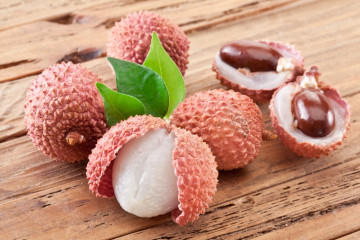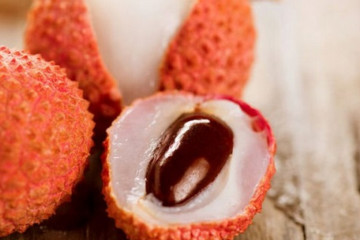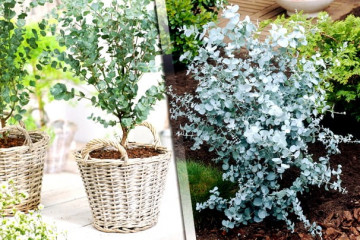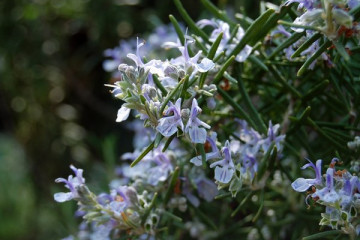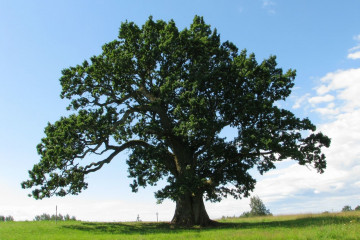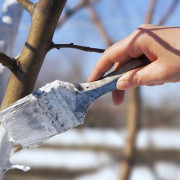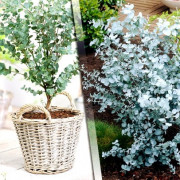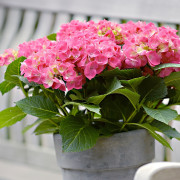How to grow an apricot from a stone at home
Content:
- Growing an apricot from a stone - the pros and cons
- Which apricot pits are suitable for planting
- When to plant apricot pits: in spring or autumn
- Preparation of planting material
- Planting apricot seeds
- Care during germination
- Transplanting an apricot from a pot to open ground
- Apricot tree care
- Winter care
- Protection from pests and diseases
Perhaps every summer resident wants to have an apricot tree on his site, only few people know how to grow an apricot from a stone at home. In fact, there is nothing difficult in this, it is enough to have minimal experience in breeding and growing fruit crops.
Growing an apricot from a stone - the pros and cons
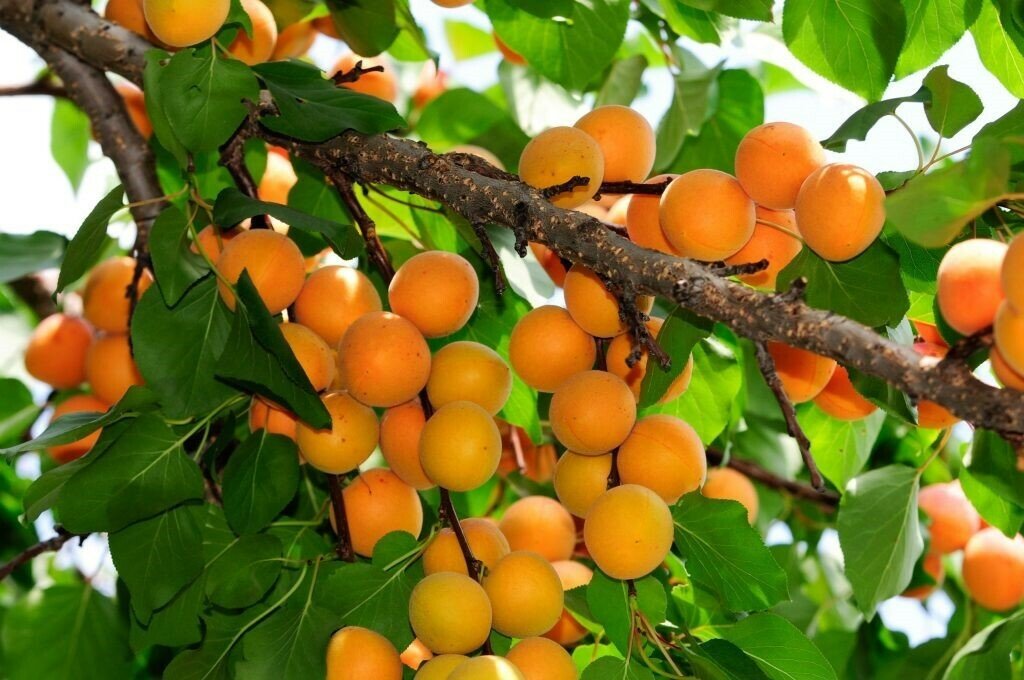
With the right agricultural measures, you can grow an apricot on your own plot
Most gardeners prefer to grow an apricot crop by seed, rather than purchase seedlings or reproduce existing trees. Despite the fact that propagation, for example, by cuttings is much easier and faster. As it turned out, the seed method has advantages, namely:
- in a good nursery, seedlings are not cheap, and the seed is given free of charge;
- you can plant several seeds at once, and then choose the most powerful seedlings;
- The stone tree provides a stable and generous harvest;
- the plantings have good immunity due to stratification and are resistant to diseases.
As for the disadvantages, we can single out only one - a big risk that a "wild" will grow out of a seedling.
Which apricot pits are suitable for planting
Not all seeds are suitable for breeding, it is best to take the source material from a tree that is grown in the same region where it is planned to be planted. Moreover, it must be the overripe fruit of the first harvest.
If this rule is not followed, then the tree may not bear fruit, that is, it will grow for decorative purposes.
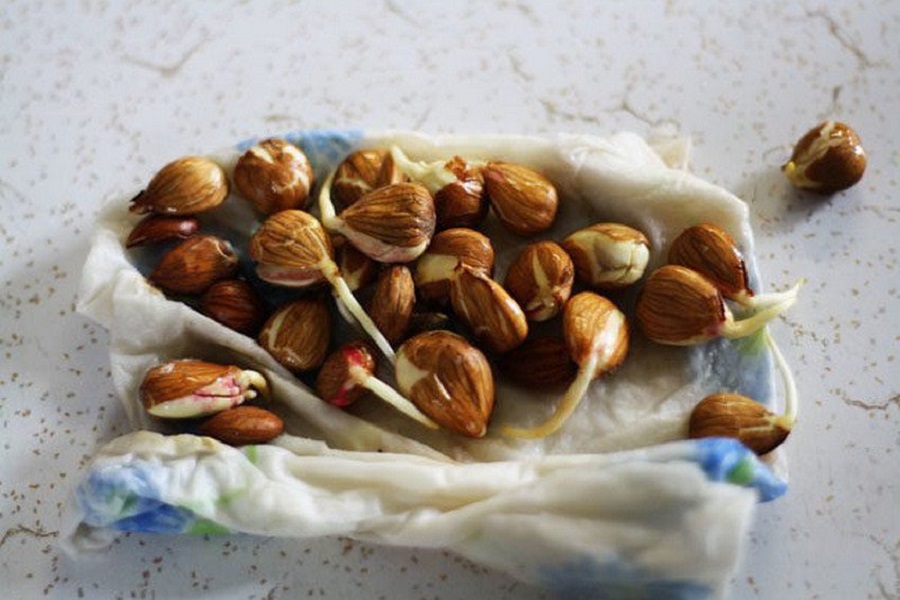
Before planting the seeds, it is imperative to germinate, this will accelerate germination
When to plant apricot pits: in spring or autumn
Experts assure that autumn planting is preferable to spring planting. This is due to the fact that the seeds undergo natural stratification. With the onset of spring, the seed begins to germinate without outside help, thus, it turns out, get rid of weak and non-viable sprouts.
But regions with cold climates should give preference to the spring option, since the seed can simply freeze in the garden. In addition, you need to soak the seed in advance in order to germinate faster.
Preparation of planting material
The apricot kernel should be prepared before planting. You need to perform the following series of actions:
- Rinse thoroughly, dry, and then store the seed in a dry and well-ventilated room. Sowing is done only when the first frosts come. This is done so that they undergo natural stratification, that is, they become hardened.
- You can do the hardening yourself. To do this, in January, you need to put the planting material in a wooden box with wet sand. Drainage holes must be made in the container. Take the box outside, put it in a trench and sprinkle it on top with snow, moreover, you need to keep the sand wet until spring comes.
- In the spring, you can go the other way, soak the bones in melt water, periodically replacing it with fresh water to avoid souring. After three days, put in river sand mixed with sawdust and refrigerate until planting time comes.
Planting apricot seeds
There are actually two ways to plant an apricot pit. In the first case, planting is carried out in a container where greenhouse conditions are observed. In the second case, it is supposed to grow the crop in the open field.
In the first option, you need to follow the step-by-step instructions:
- A container is prepared into which the drainage is poured, and the soil is on top.
- The bones are buried into the soil to a depth of 2-3 cm, a distance of 3 cm is made between the specimens.
- From above, the planting material is sprinkled with earth.
- The container is covered with foil and placed in a warm and sunny place.
It remains to wait for the first shoots to hatch. If the second option is chosen, then there is also a step-by-step process, namely:
- dig up the ground, clear the area of weeds and make a trench;
- add the nutrient mixture to the strip, which includes humus, sand, straw, rough earth, all components are taken in equal amounts;
- expand the bones, maintaining a distance of 10 cm;
- sprinkle with soil and water abundantly.
If planting is carried out in the fall, then a shelter should be organized. Spruce branches or sawdust can be used as insulation.

The seeds are laid in the ground in late autumn.
Care during germination
The planted seeds require some care. One of the main aspects in cultivation is lighting, since apricots are a light-loving crop. In case of a lack of light, you need to provide them with an alternative in the form of LED lamps.
In addition, the pot must be twisted so that the stem is not bent.
The optimum temperature for young animals is 23-26 degrees. Also, during the growth period, it is worth feeding the sprouts, it is best to alternate organic matter with minerals. If feeding is carried out with manure, then it is preliminarily diluted with water, otherwise a burn cannot be avoided. Seedlings should be watered twice a day, early in the morning and in the evening.
Transplanting an apricot from a pot to open ground
If you plan to transplant a seedling from a pot into open ground, it is best to do this in May. A distance of three meters is left between the plantings, otherwise the spreading trees will interfere with each other.
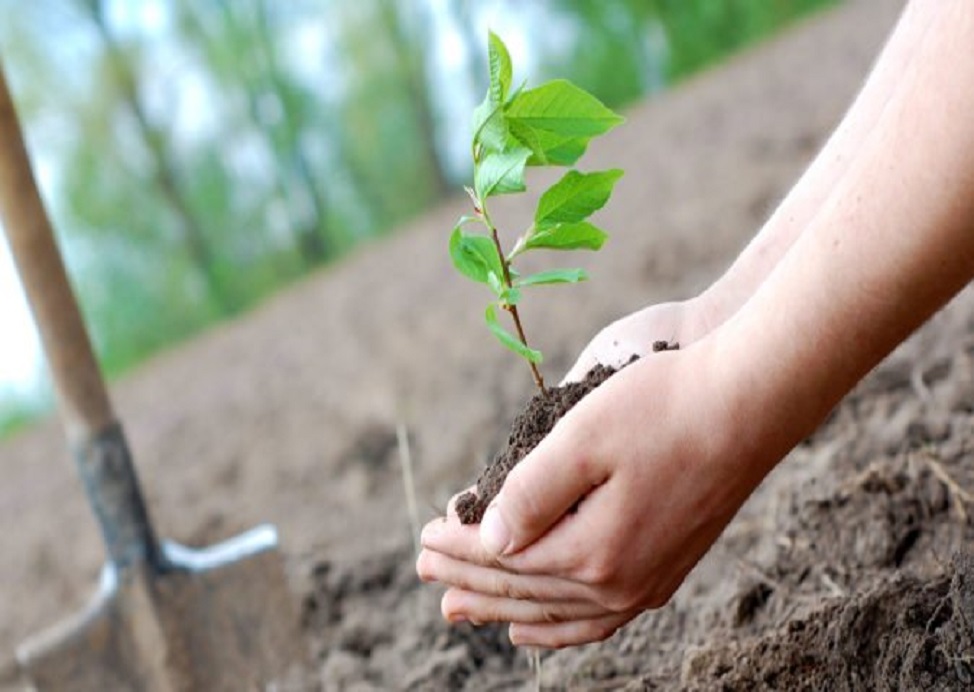
Potted apricots must be transplanted into open ground no later than June, so that over the summer they can fully adapt in a new place.
Apricot tree care
It is not difficult to care for apricots, they require the same activities as the rest of the stone fruit culture. The main thing is to make timely watering, apply top dressing if necessary. All this will help keep them healthy.
Watering mode
Watering young seedlings and grown trees should be twice a week if the summer is hot. If the near-trunk circle is mulched, then the number of procedures can be reduced to one time.
It is best to water in the morning before sunrise, or in the evening, when the sun has already disappeared.
At the end of July, they begin to reduce the number of waterings so that the wood can ripen by a cold snap.
Fertilization
As for feeding, it is preferable to apply fertilizer in the fall, when the tree has shed its foliage. During the winter, the soil is well nourished with nutrients, which means that the seedlings will be ready for the formation of the crown, the ovary of the inflorescences.
The following components will be ideal for the growth and development of stone fruit culture:
- wood ash;
- peat;
- sand with sawdust;
- eggshell.
Over the summer, you can spill the soil with a nettle solution, which is pre-mixed with manure. It is best to carry out root feeding.
Trimming and shaping
Pruning is done in the fall. This is done in order for the tree to grow properly. There are three types:
- forming, it is carried out so that valuable substances inside the culture are distributed correctly;
- sanitary - awakens new points of growth;
- regulating - rejuvenates the plant.
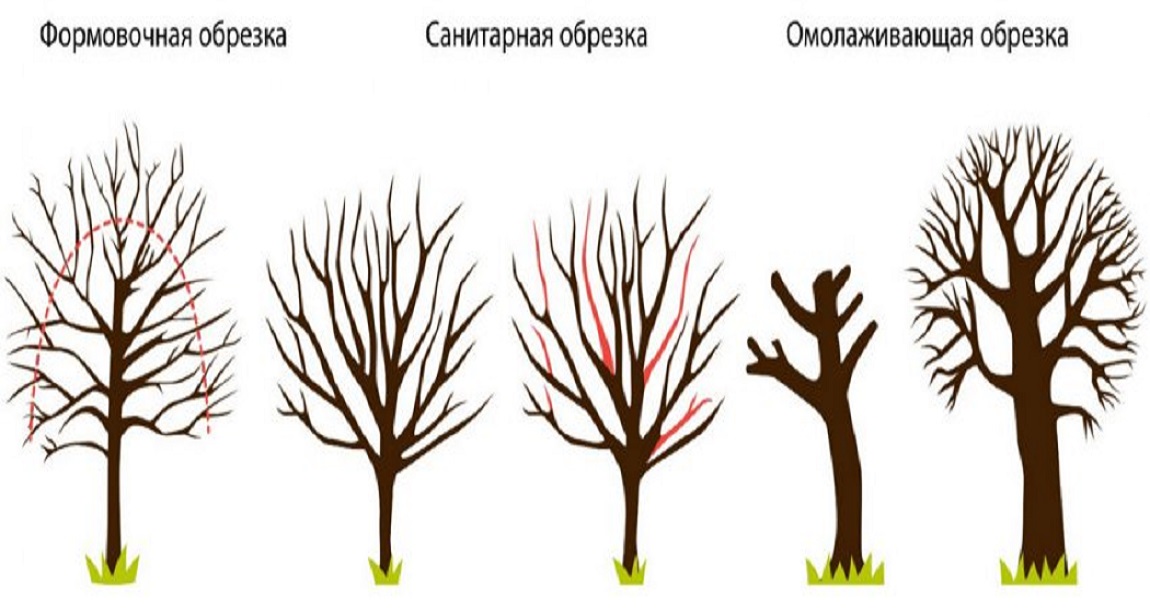
The apricot needs pruning, the procedure is carried out in the fall. In spring, sanitization is permissible when old shoots are removed.
Winter care
Apricot has a very low level of frost resistance, so the culture may not survive the cold winter and simply freeze. In this regard, gardeners need to take care of the tree, prepare it for the cold season. These activities are especially important in the northern and central regions of Russia, but residents of the south do not need this procedure.
To adapt garden plantings for wintering you need:
- Apply fertilizer, this is done after harvesting the fruits. It is best to feed with phosphorus and potassium complexes, they are aimed at increasing immunity.
- Whitewashing the trunk and branches is a kind of protection against pests and diseases. In addition, lime has a beneficial effect on immunity and frost-resistant qualities.
- Trim. It is aimed at the formation of new shoots and ovary.
After that, you can insulate the plant. In the Moscow region, where climatic conditions are unstable, natural breathable material is suitable. They are wrapped around the trunk and skeletal branches.
In the Volga region, it is best to use agrospan, and sprinkle on top with a layer of soil. But before that, you need to mulch the soil with spruce branches or straw.

In central Russia and the northern regions, apricots need to be insulated
Protection from pests and diseases
To avoid the appearance of pests and the development of diseases, one should not neglect preventive measures. They are as follows:
- annual whitewashing of trees;
- processing of plants with tobacco infusion, a good result is provided by a soap solution;
- harvesting fallen leaves, it is in them that pests winter;
- sealing cracks and wounds in the bark with garden pitch.
All this will help protect the apricot orchard from the attack of harmful insects.
As you can see, growing apricot from drupe is not difficult if you know some of the nuances. Even a novice gardener will cope with the task. The tree will feel great in an apartment, at home, in the country or in the garden.
